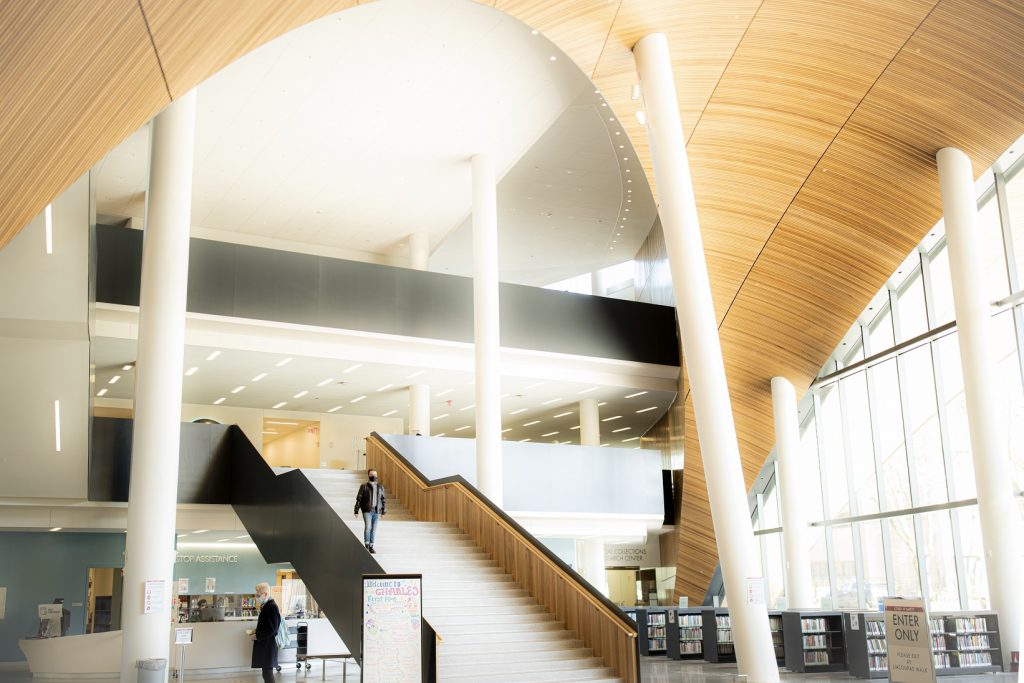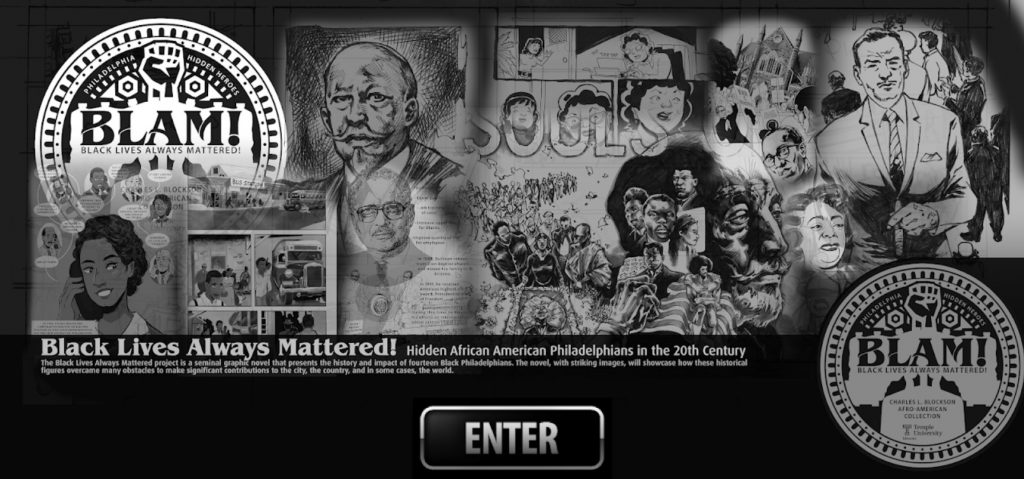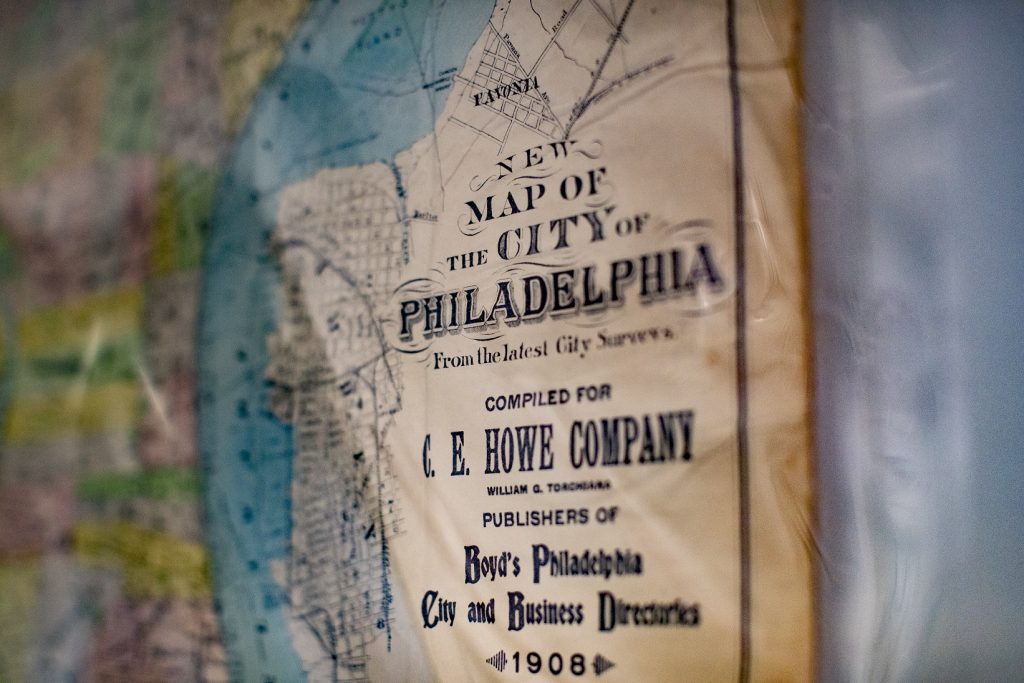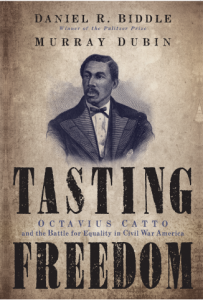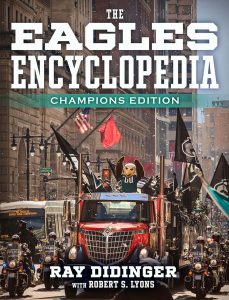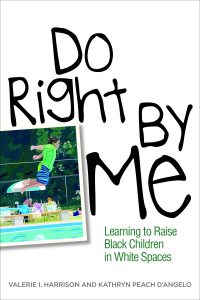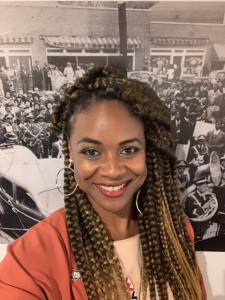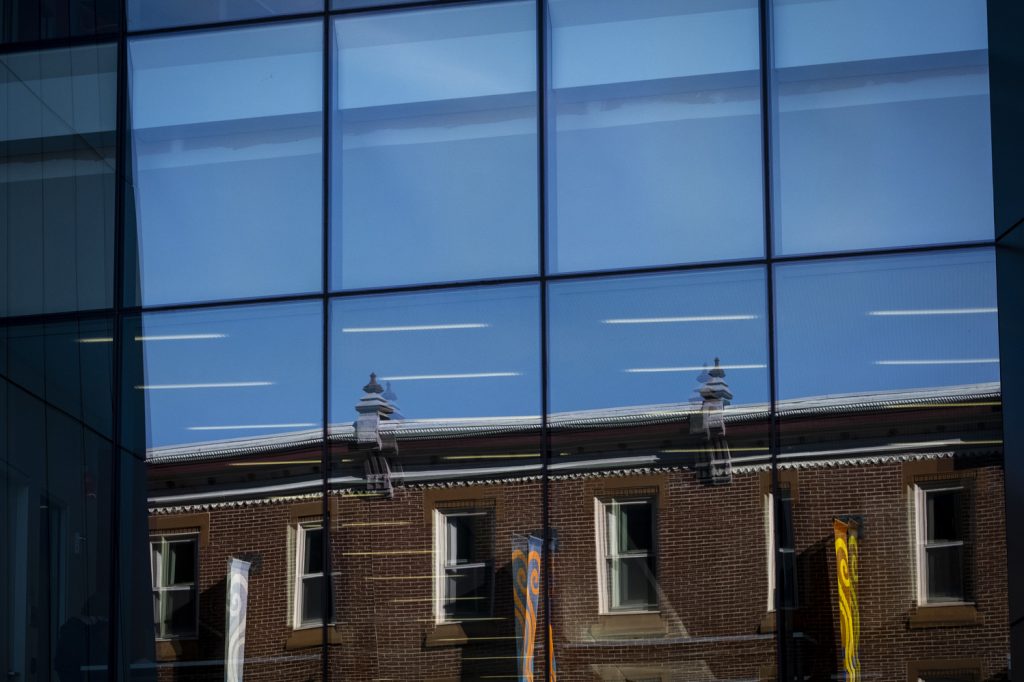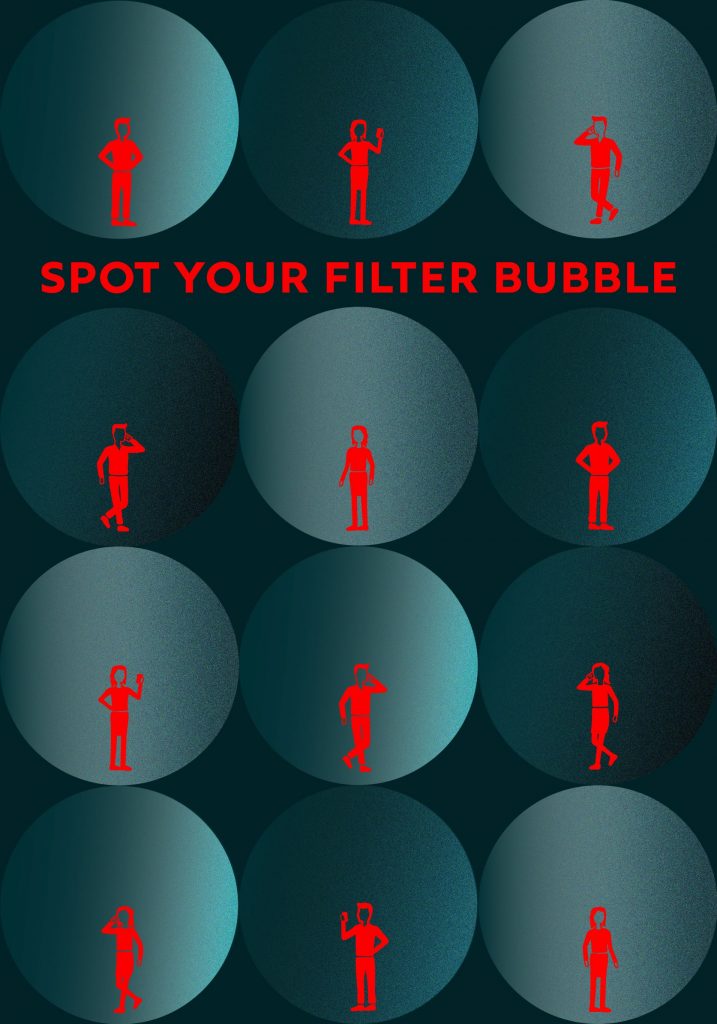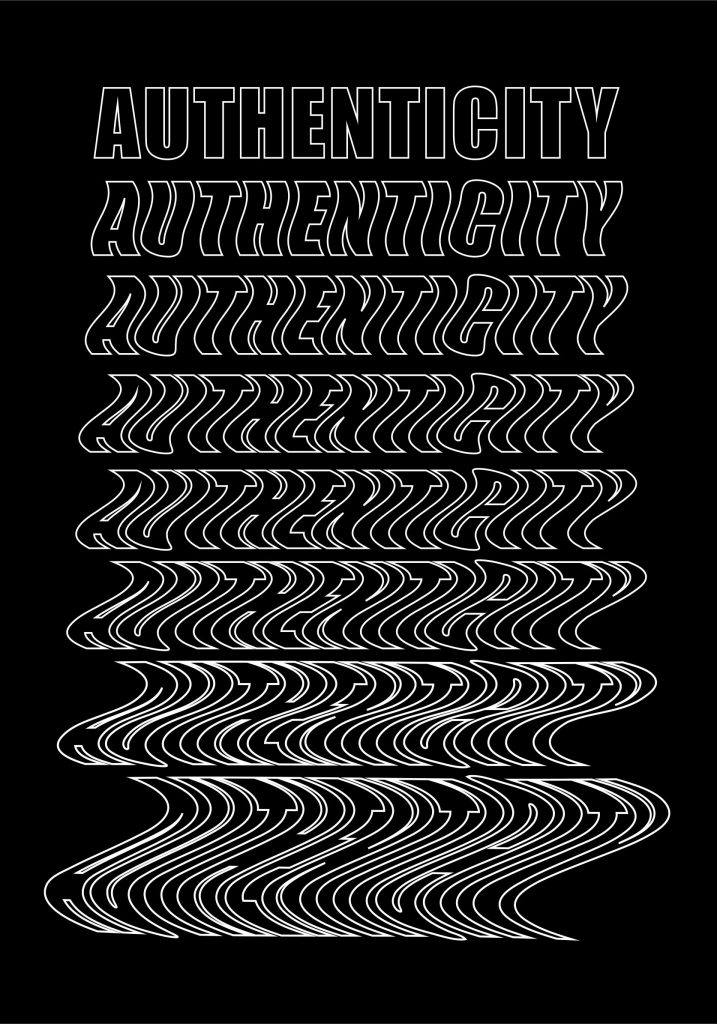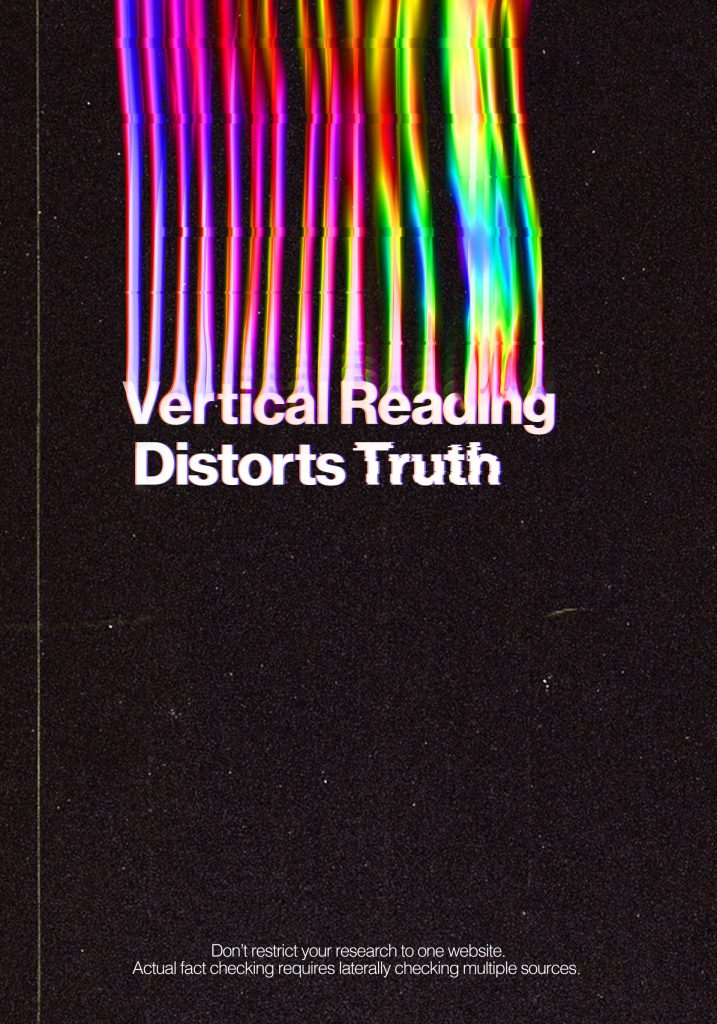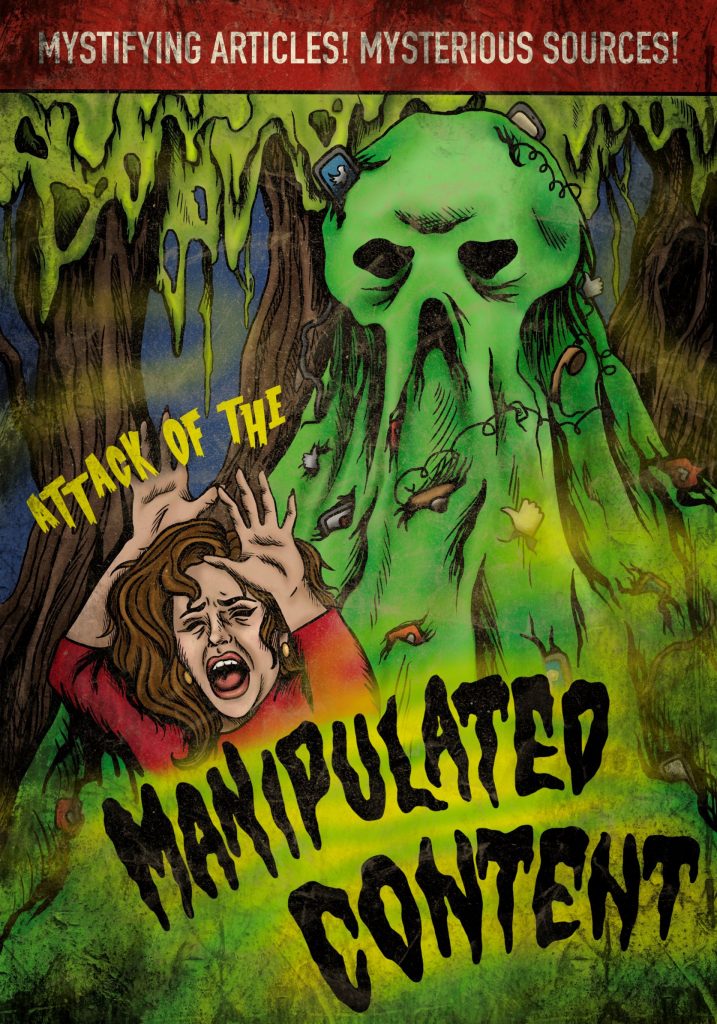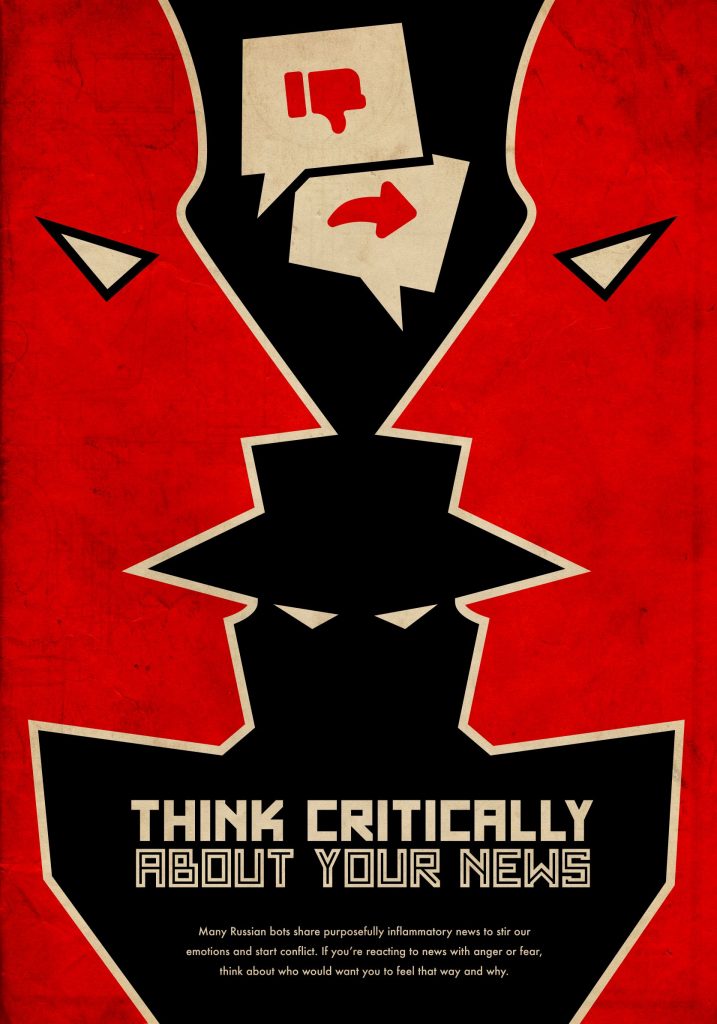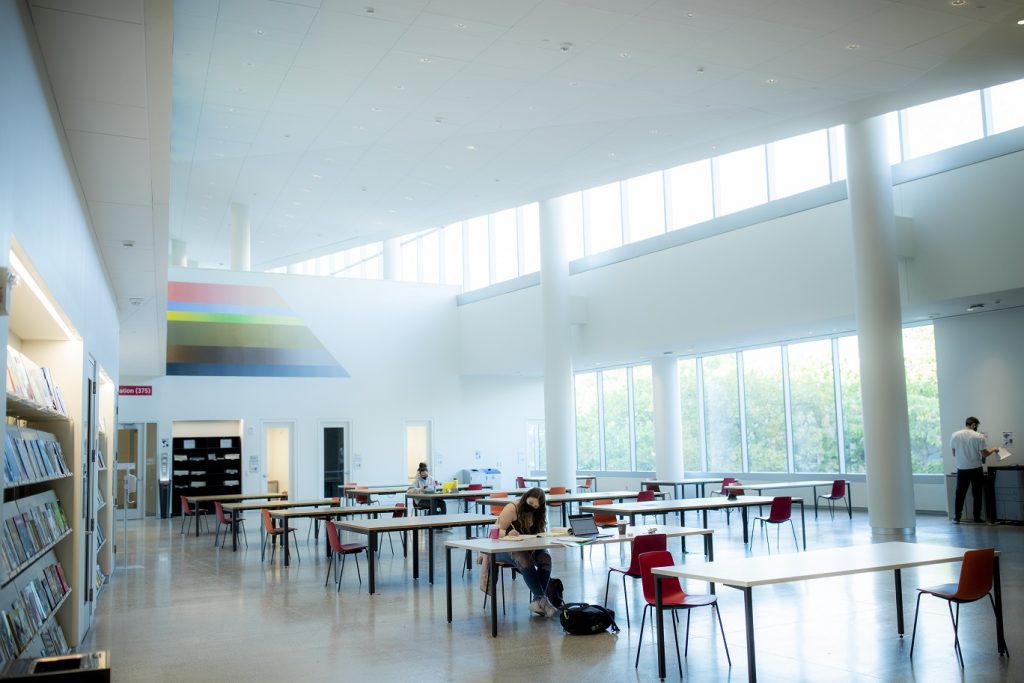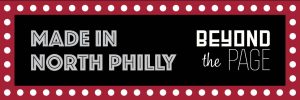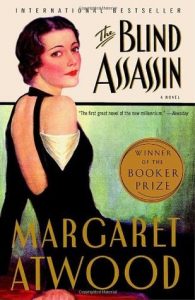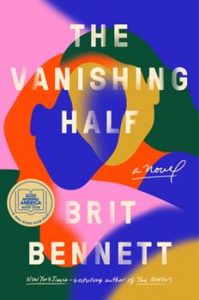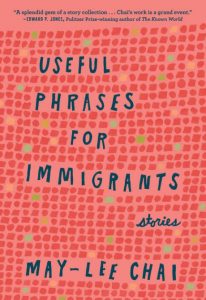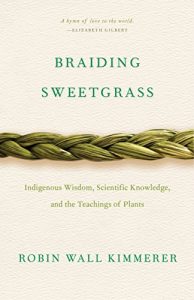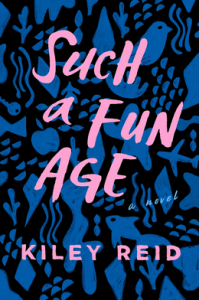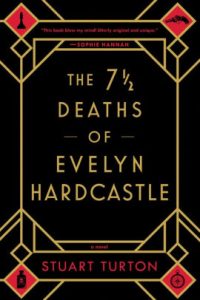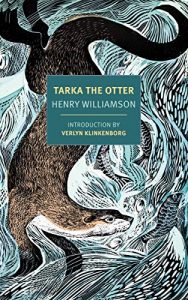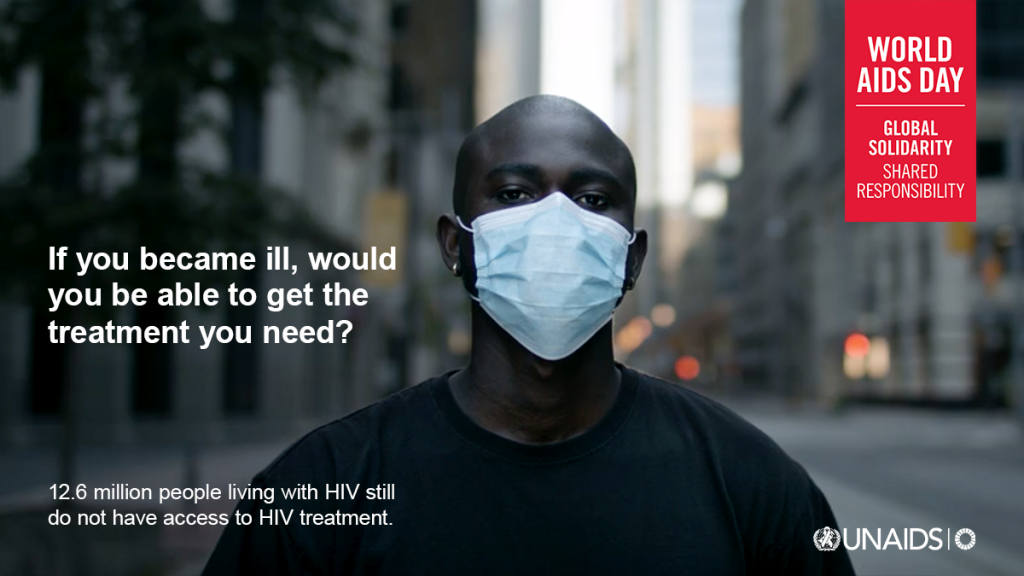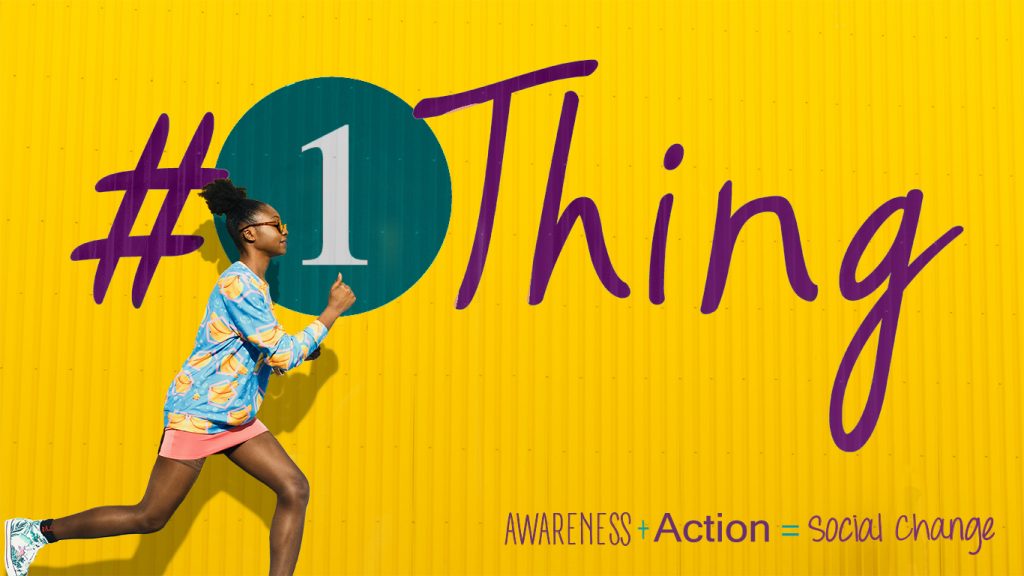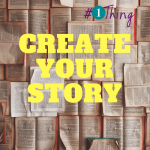by Lauri Fennell, Public Health and Social Sciences Librarian

Image created by Ruth Burrows
Editor’s note: In celebration of National Library Week and National Public Health Week coinciding this year, Temple University Libraries is pleased to share with you this conversation between Librarian Lauri Fennell and Dr. Jeni Stolow of Temple’s College of Public Health.
Because of the ever changing or evolving information that is normal with a novel disease, there’s been a lot of resistance and where there are gaps in knowledge and trust, misinformation/disinformation will grow.
|
Dr. Jeni Stolow is a new faculty member in Temple University’s College of Public Health. Her goal is to partner with communities to implement rapid, effective, equitable, and sustainable responses to behavior change and infection control. I first learned about her when I inquired with another faculty member about an upcoming World Health Organization (WHO) Infodemiology Conference. This was a new concept to me and I was eager to learn more. I was surprised and excited to learn that Dr. Stolow was not only involved with WHO but has been working specifically on the COVID-19 pandemic and resulting infodemic.
I was fortunate to interview Dr. Jeni Stolow about this topic on March 23, 2021. What follows is an edited transcript from our conversation, which was recorded.
Lauri Fennell: Dr. Stolow, could you provide a quick introduction to infodemiology?
Jeni Stolow: Infodemiology has actually been around for decades but is now picking up a lot more momentum in what we’re calling a co-occurring pandemic of COVID-19 and “infodemic” of information. Infodemiology can be thought of as the epidemiology of information. It aims to unpack out how information spreads throughout populations and social networks; utilizing statistics, health communication, risk communication, and different health theories to figure out the best ways to communicate with individuals. It also works to assess misinformation, disinformation, trust issues, access to information, and health literacy.
LF: What are some of the biggest challenges we’re seeing right now in terms of managing information?
JS: I will say a big part of infodemiology starts with you—your use of social media, how institutions communicate, how your own backyard is handling things, etc. So, it’s really important that we at Temple University are preparing our students, faculty, staff, and communities to be able to evaluate, assess, and promote good information.
The biggest challenge in the COVID-19 infodemic is the changing information. Because COVID-19 is a novel disease we were, and still are, learning a lot about it. That’s how novel diseases and outbreaks work. It has also become very obvious that there are trust issues related to the political climate, science, and the varying perceptions of health and wellness. Because of that, and because of the ever changing or evolving information, there’s been a lot of resistance to COVID-19. Where there are gaps in knowledge and trust, misinformation/disinformation will grow.
That is the basis of any outbreak, health crisis, epidemic, etc., and why we in public health are tasked with ensuring communities can effectively assess the reliability of information. On a given day if you open up Facebook, Instagram, or the news, you’ll see conflicting information within a 10 second period.
On a given day if you open up Facebook, Instagram, or even the news you’ll see conflicting information within a 10 second period.
|
LF: So we can get an even better understanding on this, can you give an example of something that’s misinformation or one of the possible other issues?
JS: Definitely. There are a lot of rumors, myths, misinformation, disinformation around everything with COVID-19, especially anything related to vaccines. Depending on who you are or where you live, you may have a completely different understanding of the vaccines and probably heard a variety of stories about people’s vaccine experiences. One goldmine for misinformation is the topic of vaccines harming pregnancies and fertility. That’s just simply not true. Both my sisters are pregnant and I can tell you that I advocated for both of them to get the vaccine. Why?
Because (1) the mRNA platform is pretty safe, (2) we know it is an effective platform for people who are pregnant, and (3) protecting yourself from COVID-19 is more important than any unlikely side effects. I think this speaks to why misinformation/ disinformation pops up, because as soon as you think of a vulnerable group (i.e. pregnancy, fertility, fetuses, children) it becomes a really easy place to trigger fear.
Whenever there are gaps in knowledge, it creates openings for misinformation, disinformation, and fear-leveraging to occur. For example, people may not know that pregnant women often get vaccines (like the whooping cough vaccine every time they’re pregnant) and may be confused as to why public health is “allowing” these women to get vaccinated. The truth is that we have a long history of pregnant women, or women contemplating pregnancy, needing vaccines and prenatal care, so why is COVID different? Is it just that you’re afraid? Is it just because it’s new? Is it just an excuse to avoid vaccination?
And so, wherever there are those opportunities to strike fear or confusion, that’s where you’re going to see a lot of people with their agendas leveraging it for misinformation/disinformation.
Wherever there are those opportunities to strike fear or confusion, that’s where you’re going to see a lot of people with their agendas leveraging it for misinformation/disinformation
|
LF: So I heard two things that I would like to highlight a little more. One is about the agenda behind who is giving you that information and the other is the fear or the emotion that you experience when reading something and how that might play a role in whether you believe it.
JS: The reality of the situation is anytime you’re dealing with a health issue people have different agendas. This is true for every health issue since the beginning of time. This gets multiplied by 1,000 once you have a politicized situation like COVID-19. There is now an undertone, symbolism, or connotation to behaviors as opposed to behaviors just being based on best practices and safety. What is the symbolism behind wearing a mask?
Whenever you have this politicalization or symbolism tied to behaviors it starts to get trickier, but it also makes it easier to manipulate information. For example, prior to the introduction of these COVID-19 vaccines, the idea of an anti-vaxxer seemed pretty silly or extreme to people. But right now in 2021 we have a whole new meaning to this idea of an anti-vaxxer or vaccine hesitant person in relation to COVID-19. It’s interesting that people associate anti-vaxxing differently between the MMR vaccine and COVID-19. There’s a lot of moving targets and moving meanings behind all these components of health.
The other thing is fear. I wrote an article with several of my colleagues about how people should not leverage fear to motivate behavior. “Fear appeals” is a sore spot for me because once you start scaring people or utilizing fear to motivate people you take away their autonomy. Furthermore, you can trigger underlying mental health issues and start alienating populations. You cannot do that. You cannot create “good” and “bad” people.
Over the last year, we’ve seen a rise in anti-Asian hate crimes that come from fear and xenophobia. Fear and hatred are closely tied together. Whenever you have messaging that uses fear, or tries to trigger a fear response, it can demonize, alienate, or harm certain populations. Honestly, if you see health information using fear tactics, it’s a really good way to flag that this source is probably just trying to get more likes or reads from a sensational reaction than it is trying to give you the facts.
Whenever you have messaging that uses fear, or tries to trigger a fear response, it can demonize, alienate, or harm certain populations.
|
LF: There are many tools out there that maybe help people think about or evaluate their source.
People don’t necessarily want to use a checklist every time they read something new. But, there is one thing that every tool I know of identifies, and that is to take a pause.
There are even campaigns about that, like #pledgetopause.
JS: Exactly. I love the way that you phrase that. Every tool, every checklist, every recommendation always starts with pause. Take a minute and reflect. We are living in a very fast time where, especially with social media, being the first to send out information or having the most sensational information is really appealing. That can be harmful. I understand the desire. I understand that a lot of us are “doom-scrolling” just trying to find out more, or trying to find information that satisfies our preexisting biases.
It’s really important to take a pause before sharing because you’ll often realize that the reason you want to share information is for emotional gain, not to educate or support your network. Most importantly, if you don’t know, don’t share. If you are not 100% capable of defending, restating, and explaining a source or information, you should not be sharing it.
If you have questions, you should ask! We are fortunate to be a part of Temple University where faculty and librarians are so happy to walk you through assessing information. If you’re leaving Temple University with a degree, it’s assumed that you can effectively interpret information and teach others about it. If that doesn’t feel like a comfortable skill, you should come talk to us because that’s our job.
If you don’t know, don’t share. If you are not 100% capable of defending, restating, and explaining a source or information, you should not be sharing it.
|
LF: So what can someone do when a friend or family member shares something that you believe could be misinformation or disinformation?
JS: Really good question. I think it depends on the format. In any situation, the best thing you can do is once again pause, figure out what they’re actually saying, why you disagree, have evidence, then approach them. Those are the general steps to use.
The other thing you can do is report it on social media. If this is on a social media platform, I recommend sending them a message. Actually talk to them. People are not going to interpret good intentions on social media, we know that.
Address the issue and say, “Hey I’m really glad you shared that post, I actually learned about this in class. I’d love to talk to you about it, here’s my thinking ….and here’s my logic…”
The more emotion you can take out of your response, the better. Whether you’re texting, on the phone, at a family reunion, or just talking to your parents at dinner, it’s okay to take a second, say “I hear you, I totally understand where that comes from, I’ve heard these other things, what do you think?” It’s not about conflict, it’s about conversation. That’s the big difference. I think oftentimes we polarize ourselves into right and wrong, liberal and conservative, X and Y. That is not how you communicate. Everyone has common ground; it’s just figuring out where it is and then building an understanding from there. It takes time, it takes a thick skin, but it’s worth it. Always make sure that you pause before you share and make sure that you are taking the emotion out of information.
LF: And what about for those who are not part of an academic institution?
JS: I would say, for anyone who is interested in learning more check out our module but also reach out! We’re hoping that the future iteration of this module is for everyone, from five-year-olds in the community, all the way to 95-year-old professors. Whoever you are, there will be a universal module available to help people navigate health information.
Editor’s note: Temple University Libraries is open to all. Learn more about our community access to our resources, services, and spaces.
RESOURCES
Learn more about:
- Misinformation/Disinformation and COVID-19
- Infodemiology

